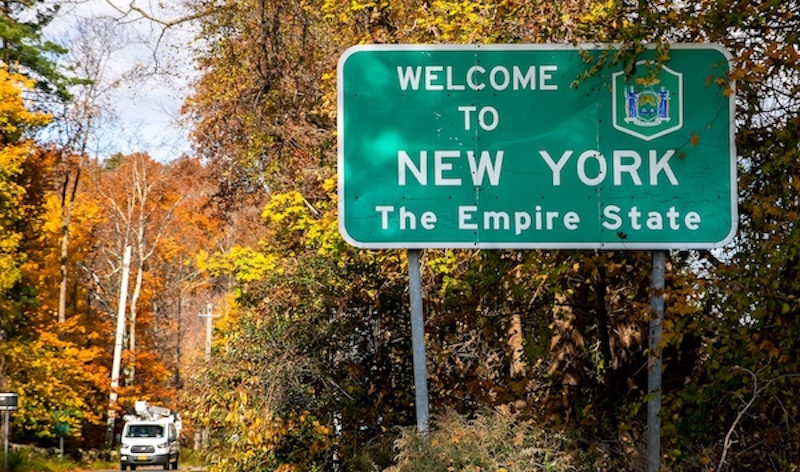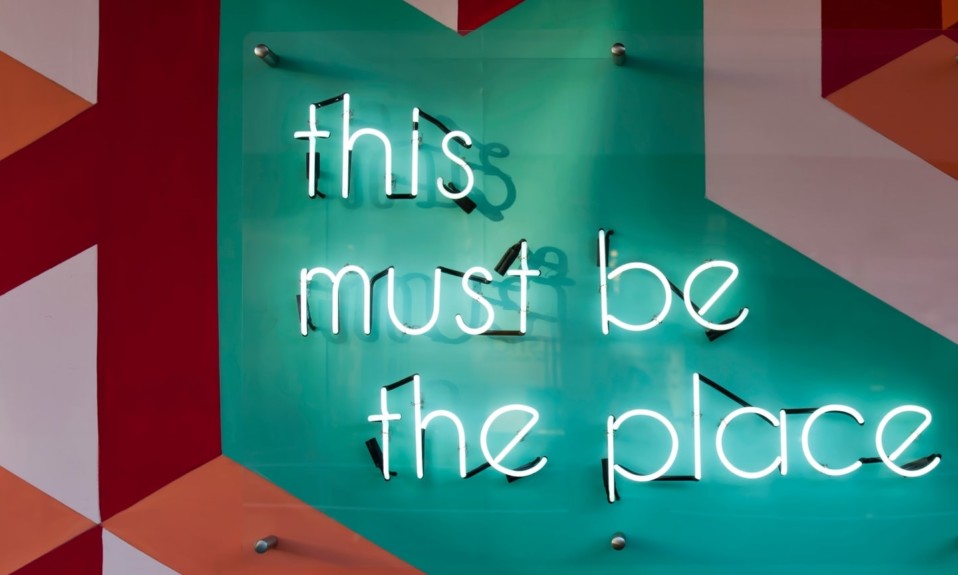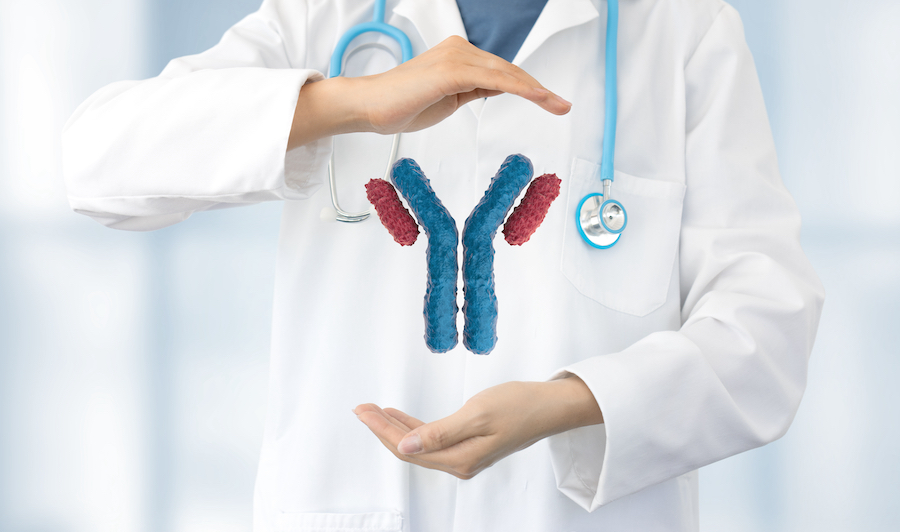The latest move is a $3.2 million fund for housing and services for people with substance use disorder
By Jason Langendorf
The New York State Office of Addiction Services and Supports (OASAS) will devote $3.2 million in funding for supportive housing and services for people with substance use disorder (SUD). It’s the latest forward-thinking action by the state to curb addiction.
OASAS announced last week that it would commit funding to the Transitional Safety Unit initiative, a two-year pilot program that will provide rental subsidies for short-term transitional housing for individuals with SUD who are leaving OASAS residential treatment or correctional facilities and can’t otherwise secure permanent housing.
“OASAS is committed to safe and supportive housing for all those in need across New York state, and we will continue to work to provide New Yorkers with the assistance necessary to succeed in remaining healthy.”
—Chinazo Cunningham, New York State Office of Addiction Services and Supports
“A safe place to live is one of the most important factors to staying healthy, especially for people with a history of addiction,” said OASAS commissioner Chinazo Cunningham. “But it is an unfortunate reality that many people impacted by addiction face difficulties in securing housing that supports their health. OASAS is committed to safe and supportive housing for all those in need across New York state, and we will continue to work to provide New Yorkers with the assistance necessary to succeed in remaining healthy.”
The Need for Housing Services
Research shows that a lack of housing, and even the threat of being separated from stable housing, can create circumstances that make people with SUD less likely to discontinue or reduce their drug use. People with SUD who have been recently released from prison may be at even greater risk. One study found that people formerly incarcerated were almost 10 times more likely to become homeless than the general population, while another found that recently incarcerated people are more than 40 times more likely to die from an opioid overdose.

“The lack of safe housing is an obstacle to sustainable recovery for residents dealing with substance use disorder, whose transition back into daily life can be difficult enough as it is,” said New York state senator Pete Harckham. “The rental subsidies OASAS will make available to treatment housing providers will assist residents with their transition and save lives statewide.”
The Transitional Safety Unit initiative will provide rental subsidies for a studio or one-bedroom apartment to those interested in participating in the program. Funded by the Substance Abuse Prevention and Treatment (SAPT) Block Grant, as part of the American Rescue Plan Act (ARPA), the initiative makes up to $1.44 million available in the program’s first year, with $1.8 million made available in its second year.
Funding covers only rental subsidies, but, according to OASAS, “providers will still be expected to deliver standard supportive housing services, such as case management, to tenants.”
New York’s Recent Addiction Programs
New York, which barely more than a decade ago had some of the more punitive drug laws in the country, has been reforming ineffective policy ever since, taking a position of leadership among states with its evidence-based addiction initiatives. Below is a list of programs New York has launched just in 2022 so far:
- Up to $1 million for establishing and supporting paid internships with OASAS-certified and -funded prevention providers
- Up to $1 million for providers to establish mobile medication-assisted treatment (MAT) units for treating people with SUD
- Up to $500,000 to test regional solutions that improve transportation services for people in need of SUD treatment and recovery services
- Up to $1.5 million to expand telehealth services for addiction treatment
- More than $100 million for behavioral health crisis stabilization centers
- Launched “Stick to the Game Plan,” a campaign designed to reduce problem gambling
- More than $3.8 million to expand evidence-based addiction prevention services
- Up to $4.5 million to improve addiction prevention efforts in high-need communities
Photo: Shutterstock














